Why DIY Roof Repairs Can Cost You More in the Long Run
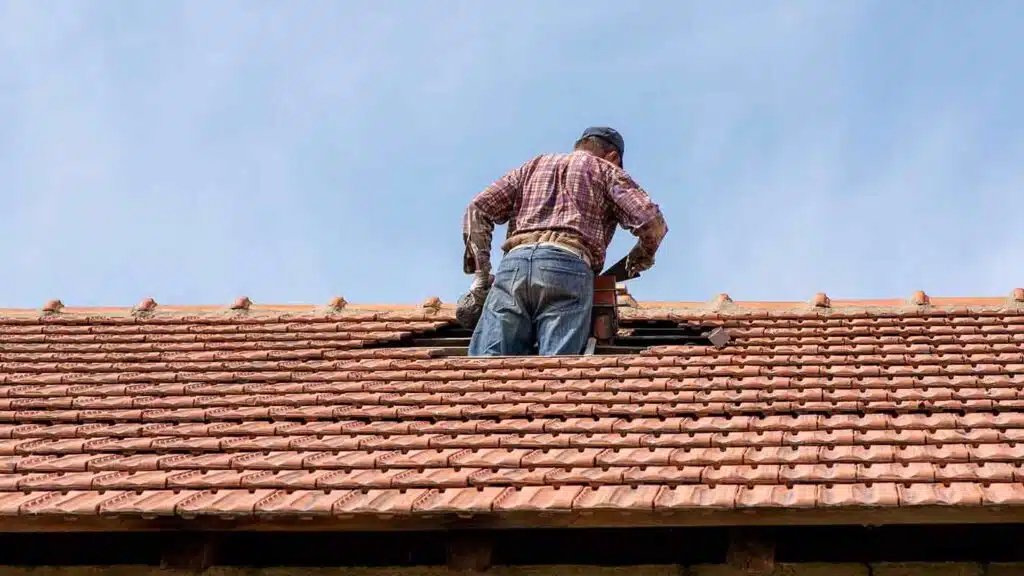
Roof repairs are an essential part of home maintenance, yet many homeowners consider taking the DIY route when faced with roofing issues. After all, the idea of saving money by tackling repairs yourself can be appealing, especially with the growing amount of online tutorials and tools available. Whether it’s fixing a leak, replacing shingles, or patching up small holes, the temptation to avoid professional services and take matters into your own hands is strong.
In this blog post, we’ll explore why DIY roof repairs can cost you more in the long run and the many hidden costs associated with doing it yourself. From the risk of improper techniques to the use of substandard materials, we’ll explain why calling a professional roofing contractor is often the smarter, safer, and more cost-effective choice.
Table of Contents
- The Dangers of Lack of Professional Experience in Roof Repairs
- Most Common Hidden Structural Damage That DIY Repairs Often Miss
- The Consequences of Using Low-Quality Materials for Roof Repairs
- How DIY Roof Repairs Can Lead to More Damage and Complications
- The Time, Effort, and Stress Involved in DIY Roof Repair Projects
- The Financial and Legal Risks: How DIY Roof Repairs Can Lead to Issues
- How to Prevent Long-Term Costly Operations after Poor Roof Repairs
- The Lack of Proper Safety Protocols and the Dangers of DIY Roofing
- Why Opting for a Professional Roofing Contractor Is a Wise Investment
- FAQ: Why DIY Roof Repairs Can Cost You More in the Long Run
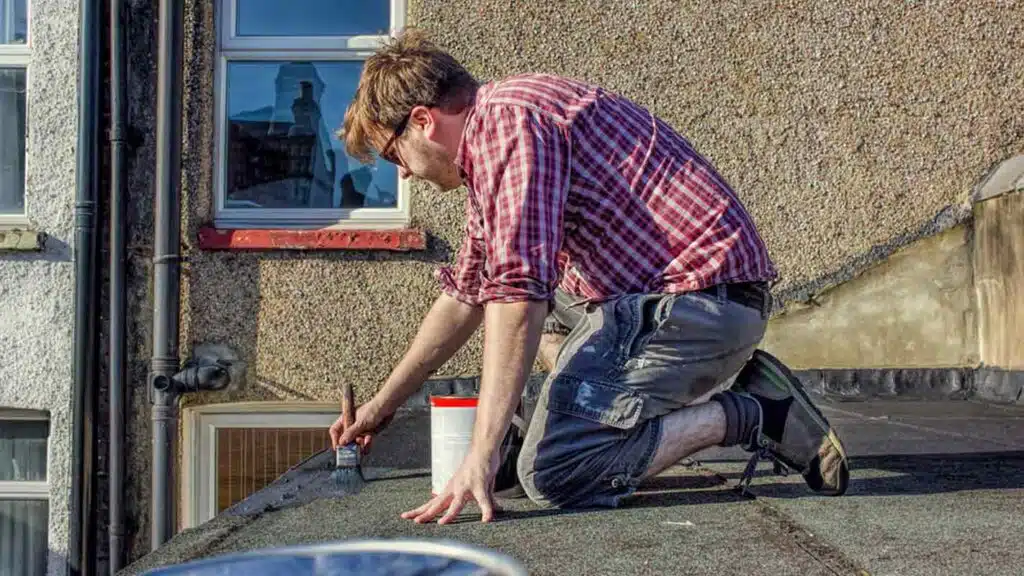
The Dangers of Lack of Professional Experience in Roof Repairs
One of the biggest risks of DIY roof repairs is the lack of experience and expertise. Roof repairs require a specific set of skills to ensure the job is done right, and even minor mistakes can lead to more extensive damage. A roofing professional has the training and knowledge to handle different types of roofing materials, diagnose issues accurately, and apply effective solutions.
Common risks of DIY roof repairs:
- Misdiagnosing the problem, leading to improper fixes.
- Incorrect installation of materials, causing leaks and structural issues.
- Failing to adhere to building codes, which can result in fines or future repairs.
- Increased risk of mold and water damage due to unsealed leaks.
If you attempt a repair without understanding the problem fully, you could end up making it worse. For example, a poorly patched leak could lead to water penetration, causing mold growth, wood rot, or even structural damage to your home. These issues would not only be costly to fix but could compromise your home’s safety.
Most Common Hidden Structural Damage That DIY Repairs Often Miss
When a roof starts to show signs of wear and tear, it’s often a symptom of deeper, hidden problems. DIY roof repairs typically focus only on the visible damage, overlooking the underlying causes. If you don’t address the root cause of the issue, like damaged underlayment, poor flashing, or weakened support beams, the problem is likely to resurface soon after your repair.
Hidden issues often overlooked:
- Weak or rotting support beams, which can weaken the entire structure.
- Damaged underlayment, leading to water infiltration and leaks.
- Flashing deterioration, causing water to seep into walls.
- Foundation damage, if leaks persist and reach lower levels of the home.
Professionals, on the other hand, are trained to identify and correct hidden damage. By diagnosing and addressing the full scope of the problem, they can prevent future complications and ensure the long-term integrity of your roof. This proactive approach can save you money down the line, as ignoring underlying issues can lead to costly repairs that could have been avoided.
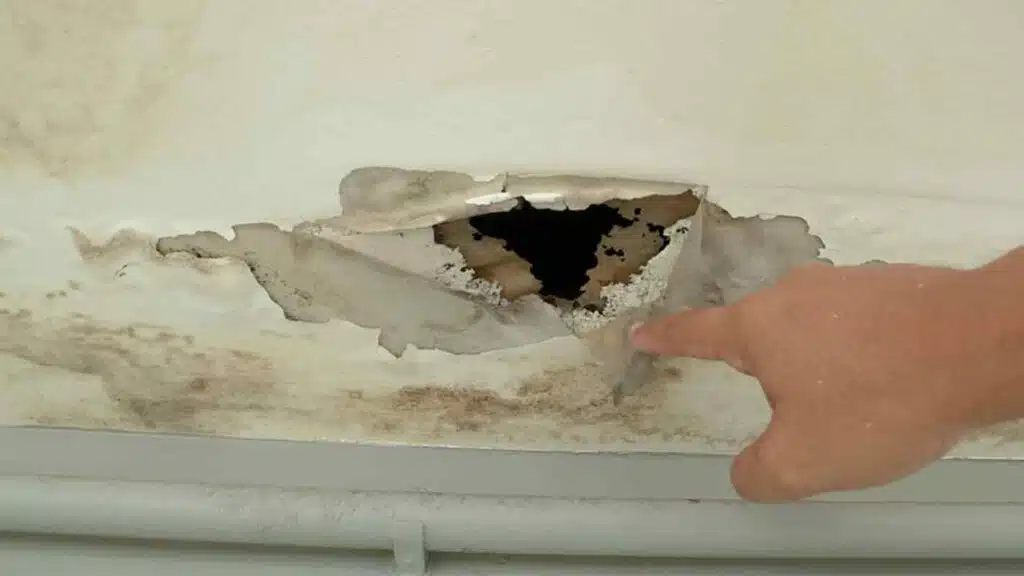
The Consequences of Using Low-Quality Materials for Roof Repairs
Choosing the right materials for roof repairs is essential to ensure the longevity and durability of your roof. Homeowners attempting DIY repairs may not have access to high-quality materials or may not know what type of material is best suited for their specific roofing system.
Issues with substandard materials:
- Cheaper shingles may not withstand harsh weather, leading to frequent replacements.
- Improper sealants can allow water infiltration, causing interior damage.
- Inferior flashing materials deteriorate faster, leading to costly repairs.
- DIY solutions may lack manufacturer warranties, resulting in extra expenses.
Using the wrong materials or cheap substitutes can result in repairs that don’t last. For example, using low-quality shingles or incorrect sealant could lead to premature wear, damage from weather conditions, or improper sealing of seams. Professional roofers have access to premium materials designed to withstand various weather conditions, ensuring that your roof remains functional for years.
How DIY Roof Repairs Can Lead to More Damage and Complications
Another major concern with DIY roof repairs is the risk of causing additional damage. Roofing work often involves using heavy tools, ladders, and working at heights. If you’re not properly trained in safety protocols, you risk damaging your roof further. For example, walking on your roof without proper protection can cause more dents or cracks in shingles, especially if they are old or brittle.
Ways DIY repairs can worsen roof damage:
- Walking improperly on the roof, leading to cracked shingles.
- Over-tightening or under-tightening fasteners, weakening structural integrity.
- Failing to waterproof problem areas, resulting in leaks and mold growth.
- Accidentally damaging insulation, reducing energy efficiency.
Additionally, climbing on a roof without proper safety equipment can result in personal injury. Professional roofers are trained in working safely and efficiently, ensuring that the repair process doesn’t result in further damage to your home or put you at risk of injury.
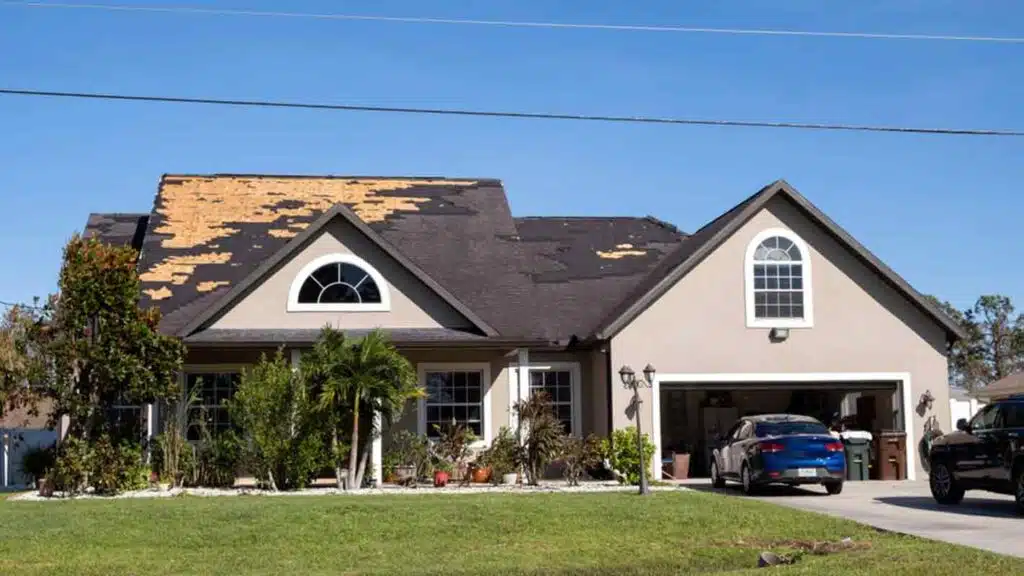
The Time, Effort, and Stress Involved in DIY Roof Repair Projects
DIY roof repairs are time-consuming and physically demanding. Unless you have experience with roofing, what might seem like a weekend project can quickly turn into days or even weeks of work. This can be particularly frustrating if the weather is unpredictable or if you encounter unexpected complications.
Time-consuming challenges of DIY repairs:
- Difficulty diagnosing the exact issue, leading to trial and error.
- Limited access to professional tools, slowing down the repair process.
- Unpredictable weather conditions, delaying completion.
- Lack of manpower, making large-scale repairs difficult.
Professional roofers, on the other hand, have the right tools, experience, and manpower to complete the job in a fraction of the time. By hiring a professional, you free yourself from the hassle and stress of managing a roof repair, allowing you to focus on other important tasks while ensuring that your roof is repaired properly and efficiently.
The Financial and Legal Risks: How DIY Roof Repairs Can Lead to Issues
When you hire a professional roofing contractor, their work is typically covered by insurance. This means that if any damage occurs during the repair process or if a worker is injured on the job, the insurance will cover the costs, protecting you from financial liability.
Potential financial and legal consequences:
- Voiding home insurance policies by performing unlicensed repairs.
- Injuries sustained during DIY repairs, leading to medical expenses.
- Property damage caused by improper repairs, increasing costs.
- Building code violations, which may require expensive corrections.
However, if you choose to handle the repair yourself, any accidents, damages, or injuries that occur are your responsibility. If you cause damage to your home, the cost of repairing it will fall entirely on you. Similarly, if someone gets hurt while working on your roof, you could be held liable for their medical expenses and other costs.
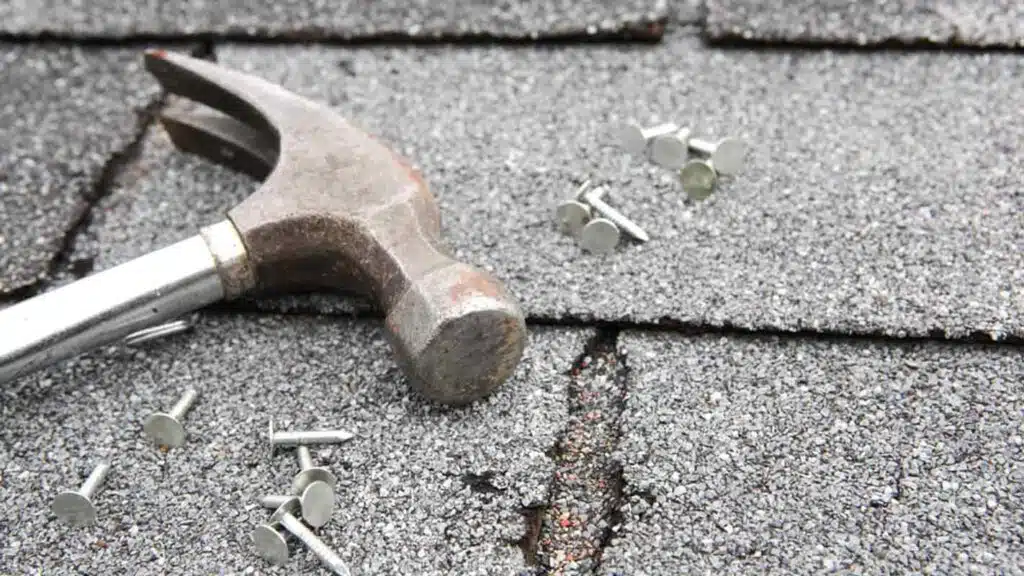
How to Prevent Long-Term Costly Operations after Poor Roof Repairs
Even if your DIY roof repair seems to work for a short time, it may not address the long-term needs of your home. Roofs are designed to protect your home from the elements, and when they fail, they can cause damage to walls, ceilings, insulation, and even the foundation of your home. A botched DIY repair can lead to water damage, mold growth, and structural issues that may not be immediately visible but can become more severe over time.
Common long-term problems caused by DIY repairs:
- Recurring leaks, leading to mold growth and water damage.
- Structural weakening, requiring costly repairs in the future.
- Energy inefficiency, increasing heating and cooling costs.
- Frequent patchwork repairs, ultimately leading to full roof replacement.
The cost of fixing these secondary issues is far higher than the cost of getting a professional repair done properly in the first place. By choosing to go the DIY route, you might save money upfront, but in the long run, you could end up paying significantly more for repairs and potential damage to your home.
The Lack of Proper Safety Protocols and the Dangers of DIY Roofing
Roofing work involves significant safety risks. Even if you are physically fit and comfortable working at heights, you may not have the proper safety equipment or training to complete the job without injury. Professional roofers use harnesses, ropes, ladders, and other protective measures to ensure their safety while working on your roof.
Safety hazards of DIY roofing projects:
- High risk of falls, leading to serious injuries.
- Improper ladder usage, increasing the chances of accidents.
- Exposure to extreme weather conditions, causing exhaustion or heatstroke.
- Lack of protective gear, leading to cuts, burns, or electrical hazards.
Without the right equipment, the likelihood of accidents increases, and these accidents could not only cost you money but also put your life at risk. Professionals take the necessary precautions to ensure the job is completed safely, reducing the risk of injury and preventing damage to your property.
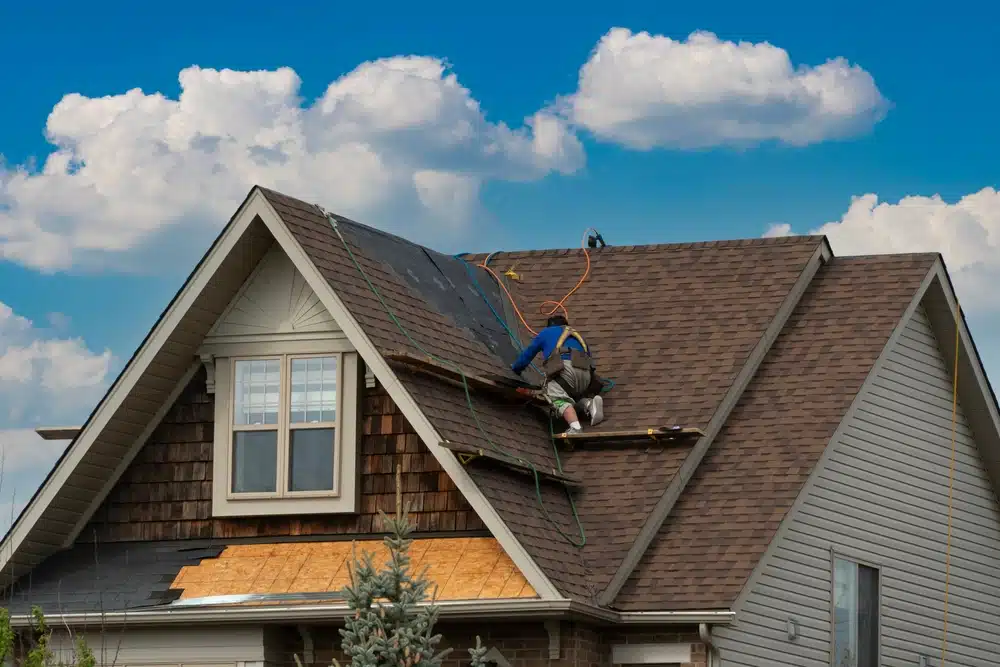
Why Opting for a Professional Roofing Contractor Is a Wise Investment
While DIY roof repairs may seem like a tempting way to save money, they can ultimately cost you more in the long run. From the risk of causing further damage to your roof and home, to the potential for injury and increased repair costs, the disadvantages of DIY repairs outweigh the benefits. By hiring a professional roofer, you ensure that your roof is repaired correctly, safely, and with long-term durability in mind.
Benefits of hiring a professional roofer:
- Accurate problem diagnosis, preventing unnecessary repairs.
- High-quality materials, ensuring long-term durability.
- Proper installation techniques, reducing the risk of future issues.
- Workmanship warranties, providing financial protection.
A professional roofing contractor brings experience, expertise, and the proper tools to get the job done right the first time. They can address hidden issues, provide warranties, and ensure your roof is well-protected against the elements. In the end, investing in a professional roofing service is a smart financial decision that can save you time, money, and stress.
Don’t take chances with your roof – contact a trusted roofing professional and make sure your home stays safe and secure for years to come.
FAQ: Why DIY Roof Repairs Can Cost You More in the Long Run
Why do DIY roof repairs often lead to higher costs?
DIY roof repairs may seem cost-effective at first, but improper techniques, use of low-quality materials, and missed structural issues can lead to more significant damage. This results in higher repair costs down the road.
What are the biggest risks of DIY roof repairs?
The main risks include accidental injuries, incorrect installation, structural damage, water leaks, and mold growth. Without professional expertise, even small mistakes can escalate into costly repairs.
Can DIY roof repairs affect my home insurance?
Yes, most home insurance policies require that roof repairs be done by licensed professionals. DIY repairs may void your coverage, leaving you responsible for any future roof-related damages.
What should I do if I attempted a DIY roof repair and it failed?
If your DIY roof repair didn’t work, contact a professional roofer immediately. A roofing expert can assess the damage, provide the right fix, and prevent further complications that could increase repair costs.
Why is hiring a professional roofer a better investment?
Professional roofers have experience, proper tools, high-quality materials, and safety training to ensure the job is done correctly. They also provide warranties on their work, giving you peace of mind and long-term protection for your home.